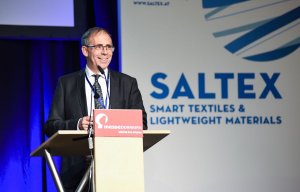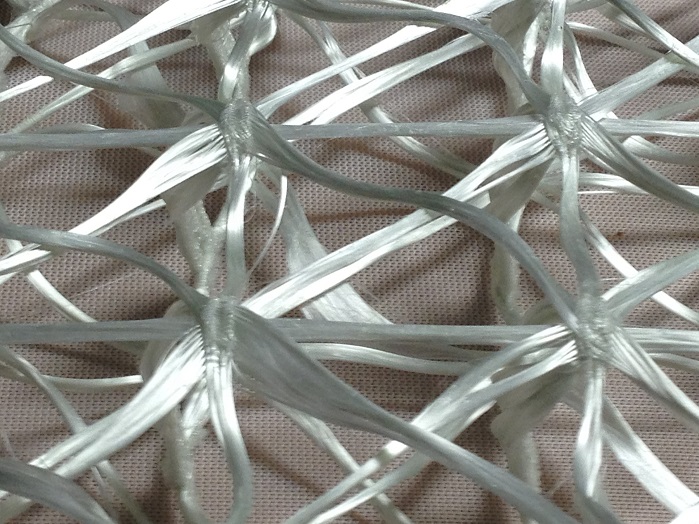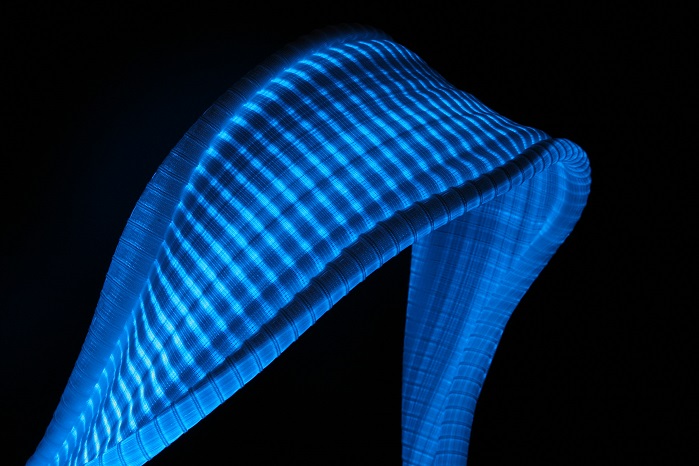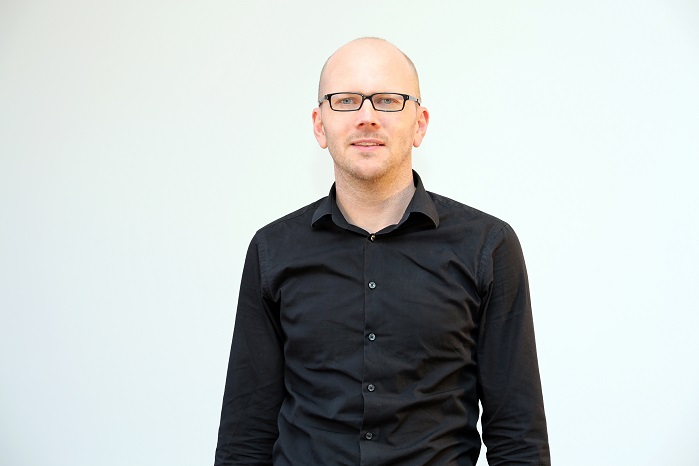
Saltex and mtex+ sign cooperation agreement
SALTEX, the new community-platform for smart textiles and fibre-reinforced composites was developed in consensus with leading representatives from industry, politics and research.

26th June 2015
Innovation in Textiles
|
Dornbirn
Messe Dornbirn, a leading trade fair and events organiser, has finally scheduled the premiere of SALTEX, the new community-platform for smart textiles and fibre-reinforced composites as well as their industrial automation, for 2016.
The new concept was developed in consensus with leading representatives from industry, politics and research, and the event will take place from 5-6 October 2016 in the new exhibition halls.

The focus of the new trade fair is on interdisciplinary knowledge transfer and bringing together and interlinking both sectors through progressive networking, organisers report.
Intelligent textiles, as well as fibre-reinforced composites for lightweight structures, are both growth sectors and cross-cutting issues of key importance for the future. They will strengthen the industry in global competition, organisers report. Recent market studies forecast for both sectors considerable growth and increasing market significance.
According to NanoMarkets, the market size of smart clothing will increase until 2021 to US 1.8 billion. Lightweight structures are most likely to achieve a global market size of around EUR 140 billion in 2020 with an average growth rate of 7-8%, according to recent studies. The main driver of growth is the transport sector, VDI Zentrum Ressourceneffizienz reports.

SALTEX, a community platform for smart textiles, as well as fibre-reinforced composites and their industrial automation, is taking into account the multifarious bilateral touch points of both industries and takes full advantage of synergetic effects with regards to speeding up the implementation of automation technologies for mass- production.
“Stakeholders from industry and research approached us, since the business location Vorarlberg covers the entire value chain for the production of technologically advanced fibre-reinforced composites. The textile industry that is located here since several generations has undergone dramatic structural adjustments in the past two decades and has now evolved to a high tech industry with global networking and truly committed to actively shape the future,” explained Patrick Malang BSc, Project management, SALTEX Messe Dornbirn.
“In consensus with our advisory board we are determined to bring together the various already successfully operating clusters, networks and cooperations in the area of smart textiles and industrial lightweight structures.”

“Our goal is to bring them together every two years for a personal exchange between experts of both fields. We offer the platform, inspire and empower the counterparts in order to enhance a stronger interlinking of both value chains. One of the prime issues is the following: How can we contribute to see the market share of smart textiles and fibre-reinforced composites grow by speeding up automation processes.”
The business location Vorarlberg, as part of the four-country region Bodensee, is considered the textile Silicon Valley and offers ideal preconditions for the new trade-fair project, organisers believe.
With 180 embroidery factories, Vorarlberg is the fourth most important area for embroidery worldwide. As one of the finest finishing techniques, technical embroidery is facing exciting new applications. Sensors are applied to surfaces by embroidering, conductivity is produced, and textile batteries are being developed.
The Research Institute of Textile Chemistry and Physics, University of Innsbruck, Dornbirn, is substantially involved in this development.

Business intelligence for the fibre, textiles and apparel industries: technologies, innovations, markets, investments, trade policy, sourcing, strategy...
Find out more